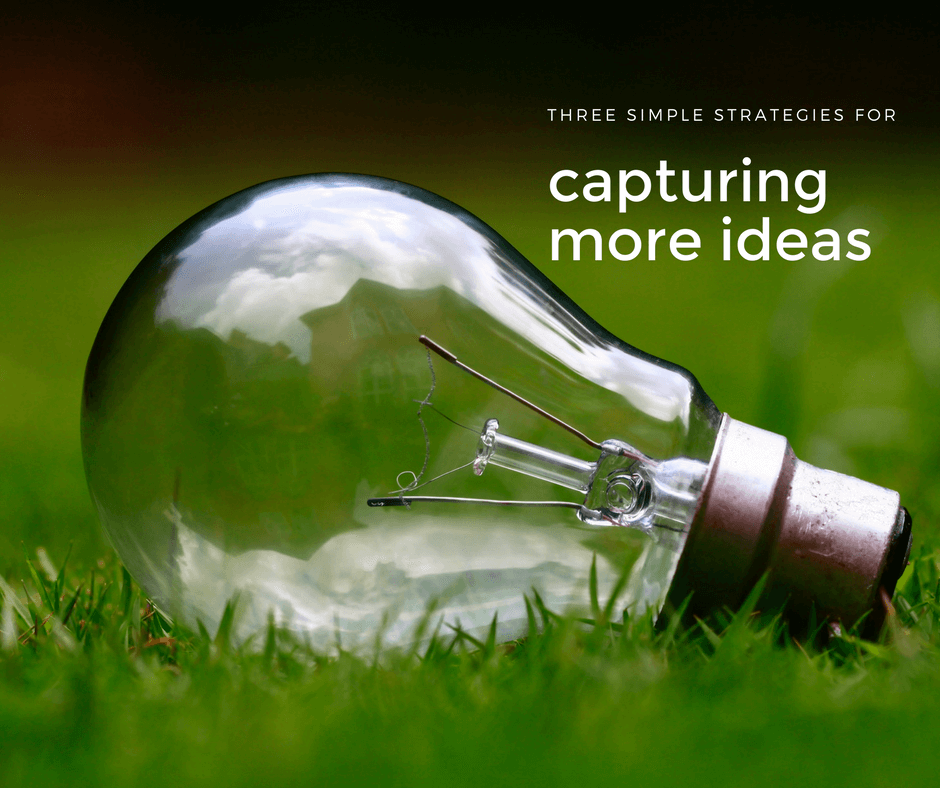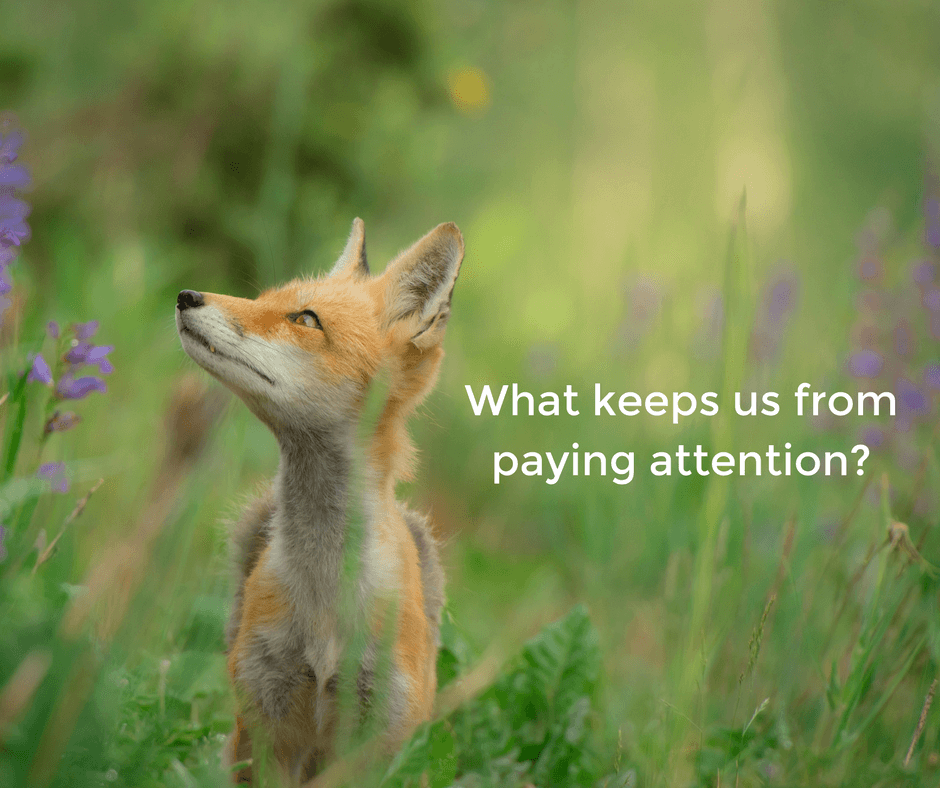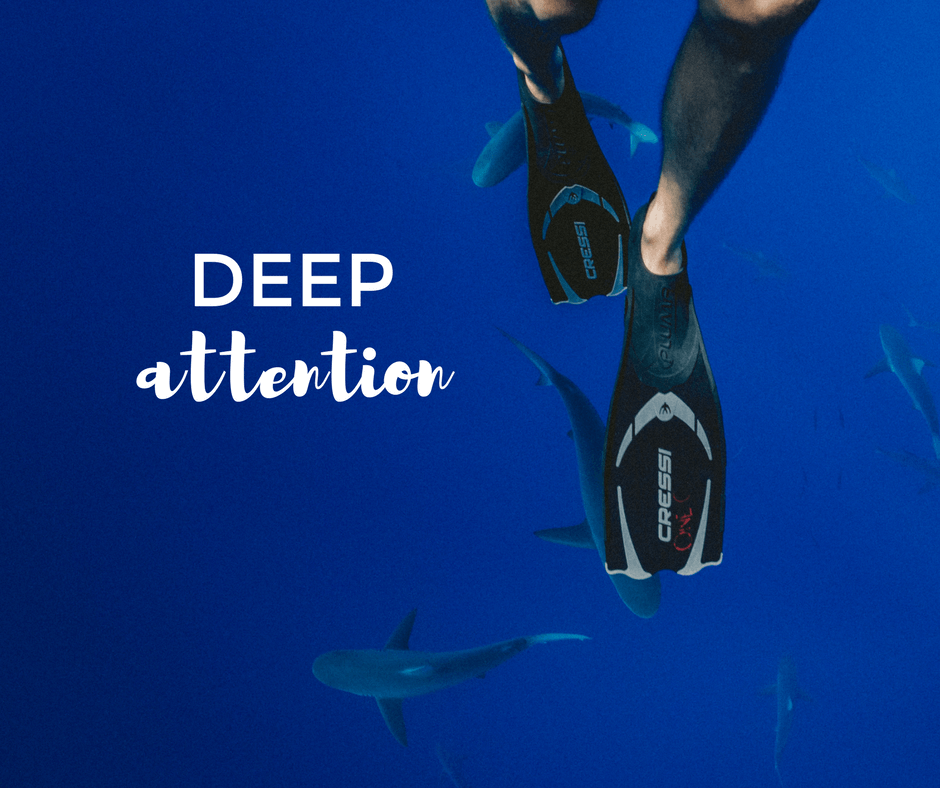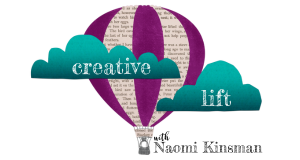
by Naomi | Jan 24, 2019 | Writerly Play Activities
How do you create meaningful work?
Putting our hearts on the page sounds simple, but it is one of the most difficult tasks artists face. In order to make powerful work, we must brave vulnerability and ask ourselves tough questions.
After a lifetime of improv, I’ve learned the best way into tricky emotional spaces often involves playing a game. Where I might craftily evade a pointed question, or truly believe I don’t know the answer, a playful approach can surprise the truth right out of me. Now, before you worry that I’m asking you to hop onto a stage under bright lights, let me assure you that game, in this case, is a loosely defined word. To awake your intuition, all a game requires is a clear goal and a bit of a challenge.
The art of finding our artist’s heart is one of the cornerstone skills developed in the Writerly Play Attic.
The Writerly Play Attic, like the other Writerly Play rooms, is designed to help creatives separate their thinking into distinct steps. By knowing the purpose of a thinking task, we can utilize activities toward stronger results.
Here is a collection of Writerly Play activities, designed to help you find your artist’s heart.
Choose the activity that best fits your creativity style. Not sure what your style is? Take the quick quiz and find out.
ACTIVITIES
FOR INVENTORS
Move your hand across the page speedily to bypass your critic and discover your heart.
Try This
FOR ARCHITECTS
Answer three key questions to focus your attention on the core of this project, and its importance to you.
Try This
FOR SPECIAL AGENTS
Choose three adjectives that focus your attention on the core of this project, and its importance to you.
Try This
FOR COLLABORATORS
Choose a confidant and write a letter about your project. What is most important to you about creating this artwork?
Try This
by Naomi | Jan 20, 2018 | Creative Life
The wide-awake way that children’s authors view the world that never fails to inspire me. Here’s a dose of wisdom to inspire, stretch and most importantly, motivate you to keep collecting ideas. Where are they? Tiptoeing around your world, whispering to you, inviting you to follow and explore.

“But the sensibility of the writer, whether fiction or poetry, comes from paying attention. I tell my students that writing doesn’t begin when you sit down to write. It’s a way of being in the world, and the essence of it is paying attention.”
— Julia Alvarez
“I often have trouble falling asleep at night, so when I’m lying in bed I think up stories. That’s where I do a lot of my thinking. I also get a lot of ideas while I’m reading – sometimes reading someone else’s stories will make me think of one of my own.”
— Linda Sue Park
“Sometimes you have to stop trying to force it, walk away and let your subconscious show you the way. Fill up on life for a while.”
— J. K. Rowling
“Artists need to fill themselves to overflowing and give it all back.”
— E. B. Lewis

“You can make up your own story when you look at a photo.”
— Brian Selznick
“The main thing to do is pay attention. Pay close attention to everything, notice what no one else notices. Then you’ll know what no one else knows, and that’s always useful.”
— Jeanne DuPrau
“We cannot stay home all our lives, we must present ourselves to the world and we must look upon it as an adventure.”
— Beatrix Potter
“Maybe we are all cabinets of wonders.”
— Brian Selznick
I know, I know, I said ten quotes on collecting ideas … but I couldn’t help myself. I added a few extra.
“Take a step, breathe in the world, give it out again in story, poem, song, art.”
— Jane Yolen
“The city is like poetry; it compresses all life, all races and breeds, into a small island and adds music and the accompaniment of internal engines.”
— E. B. White
Collecting ideas is one of the cornerstone habits in the Writerly Play Attic. Curious to know more? Writerly Play a story-based lens to help you individualize, map and problem-solve the creative process.
If you’ve ever found yourself stuck and unsure what to do next, or if you crave a more trustworthy process for bringing your ideas to life but don’t want to feel trapped by a one-size-fits-all solution, I hear you. I hand-crafted Writerly Play because I needed it, and my students needed it, and my peers needed it. You don’t have to stumble around in the fog when you’re bringing a new, beautiful creation to life.
Want to give it a try? The first step is figuring out your creativity style.
And hey, do you have any favorite quotes on collecting ideas? Maybe yours are from children’s authors, or from someone else entirely. Please share! Share in the comment section below, or share and tag me on Facebook or Twitter. I’m always collecting new inspiration. I hope you are, too!
SaveSave
SaveSave
SaveSave
SaveSaveSaveSave
SaveSave
SaveSave
by Naomi | Jan 11, 2018 | Creative Life

You have thousands, probably millions of ideas, I know you do. The trick is capturing them and keeping them somewhere convenient.
Why do we lose ideas?
Consider the key hook by the front door. Until we install it, our keys drift all over the house, refusing to be found when it’s time to dash out on an errand.
A key hook is such a simple, inexpensive solution to an everyday problem, a problem that wastes tons of time and plunges us into a ferociously terrible funk. Unfortunately, this simple life-hack eludes many of us multiple times in our lives.
The solutions for lost ideas are similarly easy to implement. I’ve collected three for you in this post, but my hope is that you’ll create even more of your own, based on how your life works and where your ideas tend to show up.
Popcorn Catch-All
Ideas are likely popping into your mind all day. Choose a simple, trustworthy place to keep them. Where you choose to keep them isn’t nearly as important as the key point: You have to choose a spot and stick to it. Try somewhere on your phone such as in an Evernote notebook, Google Keep, Day One, or in a small notebook you carry with you. The more you use it, the more valuable your catch-all becomes. When you need an idea, you’ll have a growing list of them.
Story of the Day
Every day, tons of things happen. First, there are tiny interactions with family, colleagues and friends. Then, there are mini-experiences such as an excellent cup of coffee, a particularly beautiful sunrise or the surprise scent of jasmine when you’re out on a run. Finally, there are the major moments that surprise, frustrate or excite you. Capture these life moments–the small and the large–by writing down one story per day. You can write a sentence, a paragraph, or a whole page. You can use a photo to tell most of the story. No matter how you format it, be intentional about noticing what happens to you and keeping track. Over time, you’ll have a collection of moments that helped you learn and grow, and that you can use in many different ways.
Post-Conversation Brain Dump
Whether it’s a meeting, a coaching session, a mastermind group brainstorm or manuscript feedback from a friend, that conversation gave you at least one idea. Make the most of your interactions by taking a minute or two afterward to write down a few thoughts. Use a template to speed up the thinking process. And don’t let perfect be the enemy of the good. You might not remember every single question you want to follow up on, but if you capture even a portion of your insights, that’s a portion more than you’d have if you’d let the day speed past without jotting them down.
It’s not about the hook.
Maybe when I mentioned a key hook, you thought, “I don’t use a hook, I use a bowl.” (Or something else entirely.) Whether you use a bowl or a hook or a pegboard doesn’t matter. The point is noticing that you have a little problem that can be solved in a simple way.
No matter how you choose to capture your ideas, make sure that you DO capture them. Create a little system for yourself, and notice how it pays off. Do you already have a pretty fabulous idea system? I’d love to hear about it! Tell us in the comments below, or tag me and share your ideas on Facebook or Twitter.
by Naomi | Oct 5, 2017 | Creative Life

Too often
On my morning run
The neighborhood blurs
My mind far away
I stumble over
Unseen cracks in the sidewalk
Run straight into
Low-hanging branches
My mind circles
Rehearsing how I’ll do what’s next
Or reviewing what I did before
I’m in a tug of war—
Pulled forward
Tugged back
Or, my mind tumbles from request to request
Commitment to commitment
The way it was at summer camp
With campers in costumes
Set pieces scattered across the stage
Everyone calling, “Naomi, Naomi, Naomi!”
Between the words of one response
Another question is shoved
I can’t hear myself think
And no one gets their hoped for answer
We’re reminded about Deep Work
About The One Thing
About deleting, delegating and automating
But too often these spaces of clear and calm
Feel as impossible to reach as the Island of Long Ago and Far Away
Rather than a possible reality in the here and now
What keeps us from paying attention?
Our hearts.
They’re lured and captured and ransomed
By ideas of who we should be
Of what we feel responsible for
And where we wish we could be
(Anywhere but here)
In order to take back our attention
We have to take back our hearts
And hold them gently
Whispering the story
Of who we are
Untangling the true story
From the knots of should and ought to
Until we’re free
by Naomi | Sep 29, 2017 | Creative Life

I find it interesting that when we speak about the art of paying attention, we use financial words: paying attention, spending time.
What is your time worth?
This question often sends us down the road of calculation. How much do we make annually? How much does that work out to as an hourly wage? These are helpful time-management questions, but they fall short when it comes to attention management. Here’s another question for you.
How do we make our time count?
Again, this is a quantitative question. The line of thinking sends me down the rabbit hole of a “quantified life.” How many hours did I spend writing? How many minutes running? How about working? Playing? Commuting? Suddenly, I feel like a bean counter in my own life. My attention is spent on counting, not on being present.
Articles like this one explain that negative experiences imprint more deeply on our minds than positive ones do. Understanding this tendency is important not only for mental health, but also as insight into the art of paying attention. What if we were able to treasure each moment as the pearl it truly is, rather than counting or weighing or measuring it?
- How might we notice our lives more fully?
- How might we open, unlock, unleash our attention?
- What might be possible if we noticed just ten percent more of the world around us?
Paying attention isn’t a separate activity.
Like most creative habits, it’s more a way of being than an item on a to-do list. No matter what we’re physically doing—eating, working, playing—our life’s moment can be treasures, or they can blur past, lost in fog. It’s a practice, a muscle we can build, and though it seems simple and possibly even unimportant in the larger scheme of life, the fact is, it IS life.
Your day awaits. How might you bring your attention more fully into its moments?
SaveSaveSaveSave











